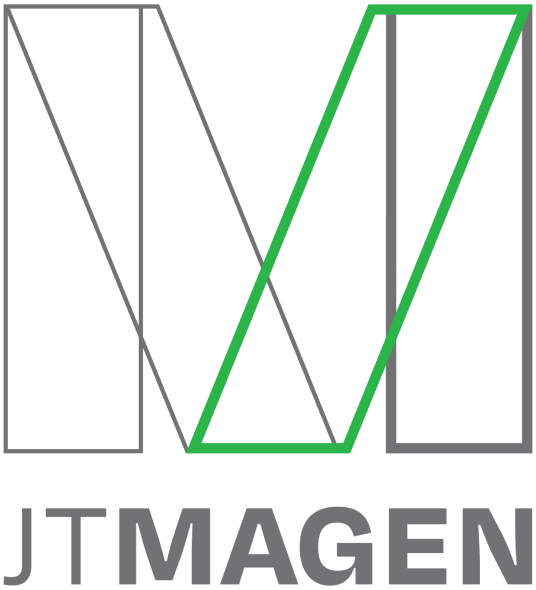Over the past few years, moving desktops and servers to the cloud has become an increasingly attractive and popular option for businesses that rely on their IT to be secure, reliable, and accessible. Once a business makes the decision to move their desktops to the cloud, there are dozens of factors to consider and many providers to choose from.
Here are 6 of the most important factors to consider when moving desktops to the cloud.
- Desktops or Applications. Some providers deliver published applications through the cloud, while others deliver desktops. While each model has its pros and cons, one main advantage of the latter is that when hosting entire desktops in the cloud, applications can interact with each other better. Users always work in the cloud environment, ensuring that data remains secure.
- Full or Shared Desktops. Certain systems, such as Terminal Server, run multiple user desktops from one main operating system, which is then shared. While this requires less computing power and may be easier for a provider to manage, in the long run we have found that many applications have problems running in a shared operating system environment, and most application vendors do not support software in these environments. Furthermore, in a shared environment, it is possible for one user’s actions to freeze up an entire server, effecting anyone else who may have been (unknowingly) sharing it. When each user has a full, persistent desktop with a dedicated and isolated operating system, these challenges disappear. In this model, each user’s cloud desktop is fully functional, can run any Windows application, and cannot accidentally impact other users in the company.
- Performance. For a cloud desktop deployment to be successful, it cannot feel like a LogMeIn or RemotePC session. Keep in mind that these desktops are going to be used all day long by your entire team, and they need to perform just as fast as, or faster than, the PCs they are replacing. Achieving this requires the provider to use a modern session and your company to have a fast, clean connection to the internet.
- Beyond the desktops. Business IT is about much more than just desktops. Things like management, security, storage, backups, support, maintenance, patching, change management, database servers, and strategic planning all are key. Some cloud providers simply sell desktops, which may be fine for large companies who have an internal team to manage everything. Others provide fully managed services alongside the cloud hosting for businesses who want to outsource their IT.
- Two’s a couple, three’s a crowd. Some providers run desktops on their own infrastructure, which they build and manage, while others rely on third-party vendors and public clouds to provide the desktops that they either resell to their clients or have their client sign with directly. The more parties that are involved in the end-to-end solution, the more chances there are for problems that can impact the end customer.
- Is custom built a good thing? Platforms mean your desktops are part of a larger system, built specifically for the purpose of delivering cloud desktops to business, which will always be evolving and must be maintained. Custom built solutions are when a provider (typically a managed IT company trying to provide a cloud desktop solution) spins up a few servers in a cloud environment to create a virtual desktop experience for one client. A custom built solution may be good for some companies, but can also be more problematic than a tried and true platform, and in the long run may end up costing the end-customer more in downtime. For more information, check out Private vs. Public Cloud: Which is Best for Hosting Virtual Desktops?
Tabush Group has been doing cloud since 2004, and more specifically, providing and managing applications and desktops in the cloud since 2007 for businesses from 4 to 400 employees. While there is no one-size-fits-all solution, companies must do the proper due diligence and ask all the right questions before making a decision. The wrong choices will lead to a bad cloud experience and leave companies with a bad “taste of cloud,” often forcing them to downgrade to traditional desktops and servers. The right choices, coupled with the right implementation (a topic I will cover in the near future) will lead to success.
If you are interested in learning more about our solution to move desktops to the cloud, check out Boxtop.









